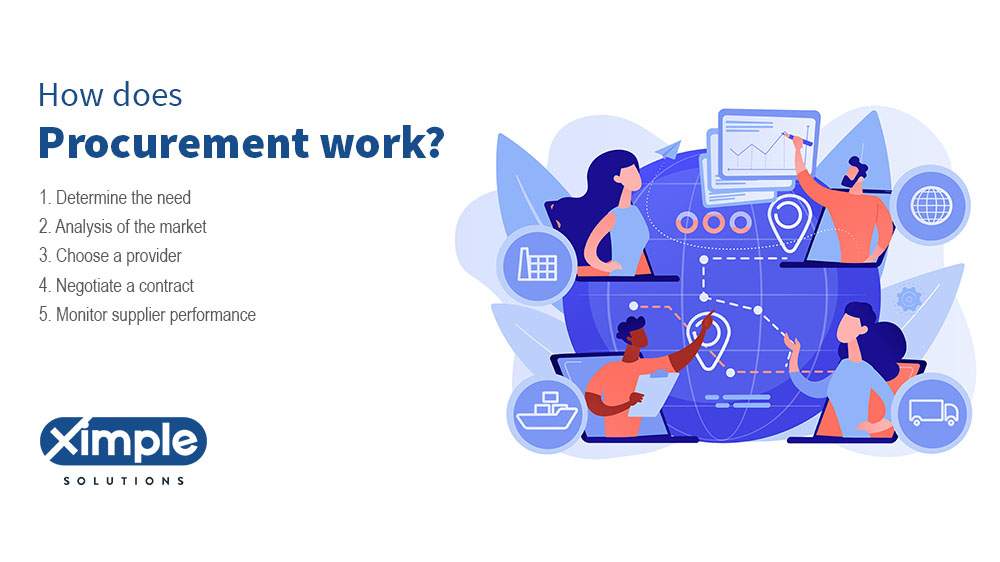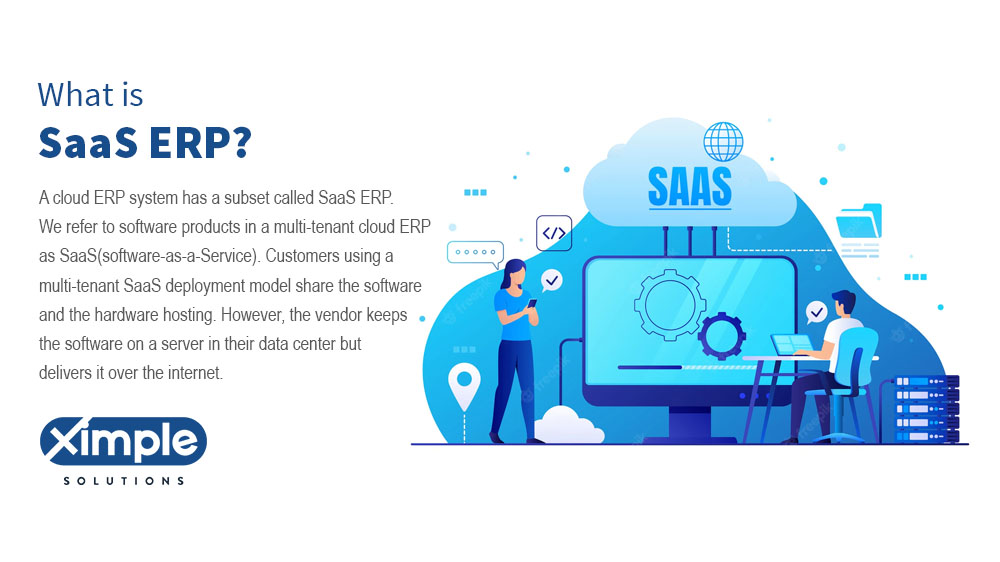What is Procurement?
The users of procurement content are organizations, businesses, and individuals involved in the procurement process. This includes procurement professionals, supply chain managers, purchasing managers, and others involved in the process of acquiring goods, services, and works needed for the functioning of an organization. Procurement is a critical part of the supply chain management process, and […]
Read More




